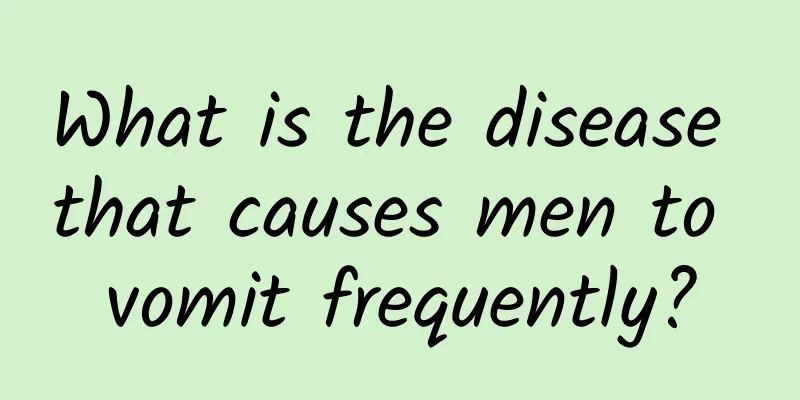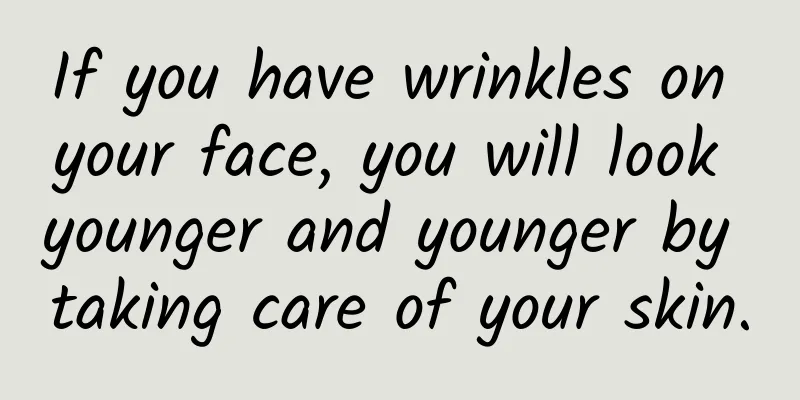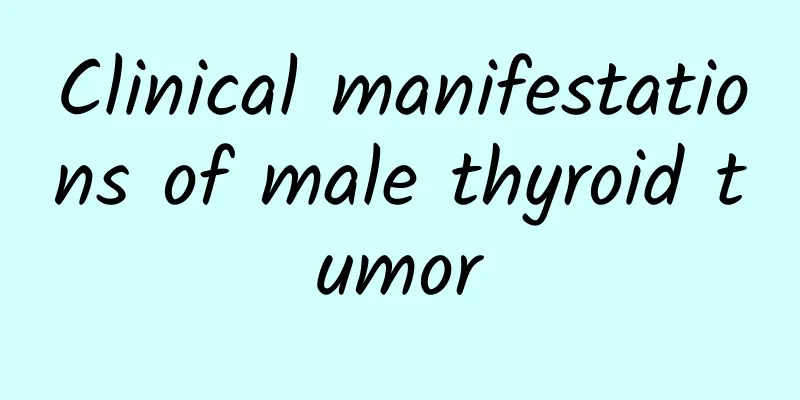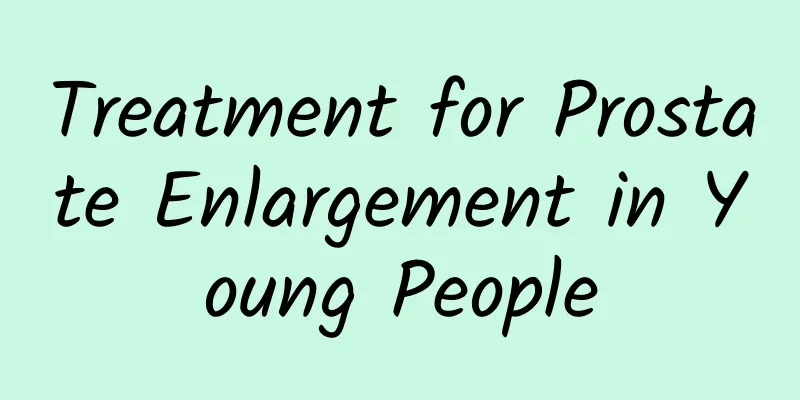Inventory of symptoms of cardiovascular and cerebrovascular diseases Treatment requires maintaining a good attitude
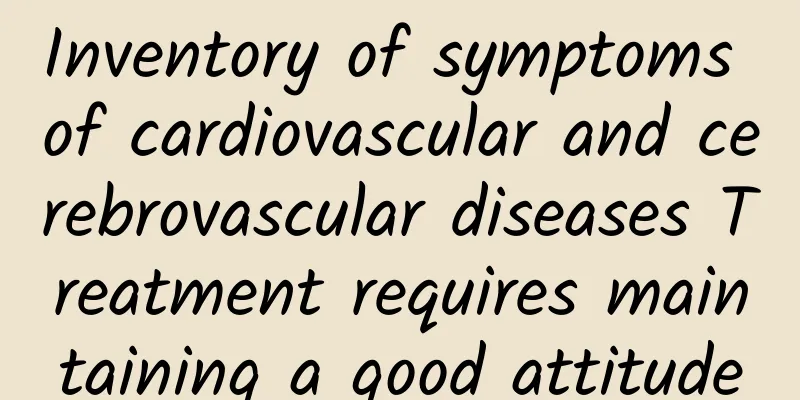
|
Cardiovascular disease does not refer to a single type of disease. Medically, cardiovascular disease mainly includes two types, namely cardiovascular and cerebrovascular diseases. This type of disease can seriously endanger human health, especially in middle-aged people. So, what are the clinical symptoms of cardiovascular disease? Clinical manifestations 1. Cardiovascular disease Common symptoms of cardiovascular disease include: palpitations, shortness of breath, orthopnea, nocturnal paroxysmal dyspnea, compressive or tight pain behind the sternum, chest tightness, edema, cyanosis, syncope, coughing and hemoptysis, weakness, belching, upper abdominal pain, nausea, vomiting; left back pain, left arm pain, etc. 2. Cerebrovascular disease There may be hemiplegia, hemisensory disorder, hemianopsia, aphasia; or crossed paralysis, crossed sensory disorder, external ophthalmoplegia, nystagmus, dysphagia, ataxia, vertigo, etc.; or limb weakness, numbness, sensory disorders of the face, upper and lower limbs; inflexible limb movement on one side; language disorder, incoherent speech; decreased memory; sudden difficulty in seeing objects clearly; or inflexible eye movement; urinary incontinence; imbalance of balance, unstable standing; consciousness disorder; headache or nausea and vomiting; dizziness, tinnitus, etc. treatment 1. Keep a balanced mindset Patients with coronary heart disease and hyperlipidemia should especially be more open-minded and not let their emotions fluctuate too much. 2. Appropriate exercise Cardiovascular and cerebrovascular patients should exercise appropriately. Reduced exercise will also cause slow blood flow and increased blood lipids. Exercise time should be arranged reasonably and the amount of exercise should be controlled. In winter, exercise should be done after the sun rises. At this time, the temperature rises, which can prevent the body from being suddenly stimulated by cold and causing illness. 3. Control risk factors Strictly control blood pressure to an ideal level, take effective lipid-lowering drugs, control diabetes, improve insulin resistance and abnormal metabolic status, and quit smoking. 4. Drug treatment Depending on the different cardiovascular and cerebrovascular diseases, targeted therapeutic drugs are given to relieve symptoms, improve prognosis and prevent complications. 5. Surgical treatment Through surgery or interventional treatment, bleeding can be stopped, hematoma can be eliminated, or blood supply to ischemic areas can be improved. 6. Rehabilitation therapy After the patient's condition stabilizes, they will start with simple passive exercises, gradually move on to active exercises, and eventually achieve the goal of taking care of themselves. Early rehabilitation training is particularly important for the functional recovery of patients with cerebrovascular diseases. |
<<: If a man feels stinging pain in his urethra when urinating, be careful of gonorrhea!
>>: Is it effective for men to take birth control pills? What is the best contraceptive method?
Recommend
What are the reasons why men are irritable and angry?
Having a bad temper and being easily angered, I b...
Prostate pain causes
There are many common diseases among men. The mos...
Why doesn't the penis grow hair?
Normal adult men will grow pubic hair, which is a...
When is the best time to drink brown sugar ginger soup? The efficacy and function of brown sugar ginger soup
People often say that drinking brown sugar ginger...
Too much premature ejaculation
Masturbation is something that almost every male ...
What should men do if their sperm survival rate is low?
If men have a low sperm survival rate, it may lea...
What are the complications of glansitis?
In fact, when it comes to glansitis, it is really...
What is the disease of yellow discharge from the glans penis?
Some men have yellow discharge from the glans pen...
Ejaculation stings a little, do you know what this is?
When there is a stinging sensation during ejacula...
What medicine should men take for fear of cold?
Brief Description Many people think it is strange...
How can men exercise to make their penis bigger?
A tall and strong man can reflect his dignity and...
What to do with severe premature ejaculation
Have you heard of severe premature ejaculation? S...
Why is my urethra opening sore?
Many people always have some urinary system disea...
What are the recipes for men's diet?
Speaking of recipes, I believe everyone is famili...
How to lose weight at home for men, how to lose weight through indoor exercise for men
Drinking frequently, eating irregularly, sitting ...

